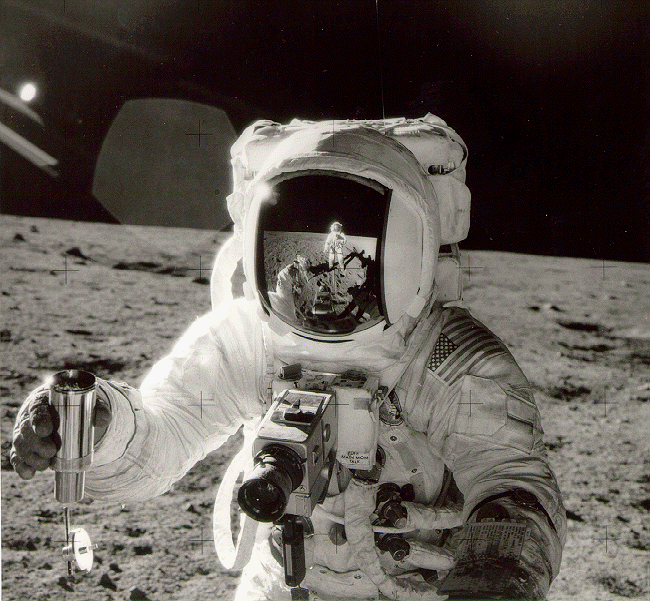Nanocrystals Create an Insulator Better Than Pure Vacuum
Photonic crystal insulation could have exciting applications

Vacuum’s emptiness doesn’t just pose a problem for space travelers — a vacuum lining is also one of the best known insulators on Earth, and may help keep those holiday drinks and soups warm in your thermos. Now scientists have found that layering photonic crystals within the vacuum lining can even prevent heat loss from invisible infrared radiation.
Heat typically travels via methods such as convection and conduction, which both require a material medium, which vacuum conveniently lacks. But heat can also transfer through infrared radiation, and can pass through a vacuum lining to a thermos’s outer wall.
Stanford University researchers began wondering if anything could one-up nature’s insulator, and finally figured out that photonic crystals might do the trick. Such crystals exist in both nature and in the lab, and consist of tiny nanostructures that affect how light passes through. They can even have configurations that block certain frequency ranges of light, including infrared radiation.
The scientists stacked 10 layers of photonic crystals into a tiny 100-micron-thick structure. For size comparisons, keep in mind that 1,000 microns make up a single millimeter.
Tests on the new insulator showed that heat transfer does not rely on layer thickness, but only on how fast light can travel through the material.
The research team hopes that the photonic crystals may now find use beyond communications and computing applications. For instance, in solar-thermal systems that try to capture the sun’s heat for use as an energy source, photonic crystals could allow visible light to pass through and trap the heat inside.
[via ScienceDaily]